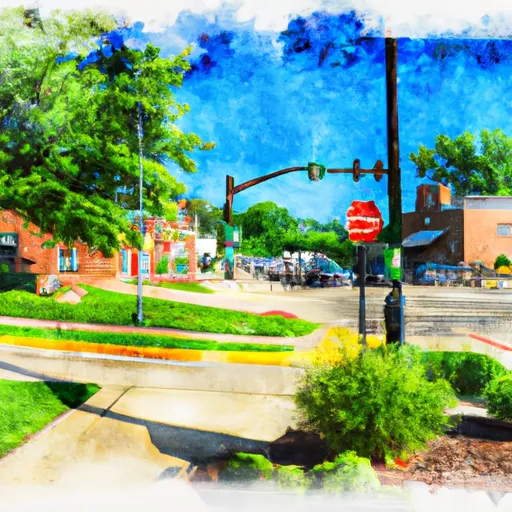°F
°F
mph
Windspeed
%
Humidity











Clive is a city located in central Iowa and is known for its mild climate. The summers are warm with high temperatures averaging in the mid-80s, while the winters are cold with low temperatures averaging in the teens. Clive is part of the Middle Raccoon River watershed and is home to several small creeks and streams. The city's water supply is drawn from the Raccoon River, which is monitored for hydrology constituents to ensure safe drinking water. Outdoor recreation opportunities in Clive include biking and walking trails, parks, and golf courses. The Greenbelt Trail is a popular attraction and offers a scenic route for bikers and walkers. Clive is also home to the Walnut Creek Regional Park, which features hiking trails, a dog park, and fishing opportunities.
Weather Forecast
Clive receives approximately 889mm of rain per year, with humidity levels near 81% and air temperatures averaging around 10°C. Clive has a plant hardyness factor of 5, meaning plants and agriculture in this region thrive during a short period during spring and early summer. Most plants will die off during the colder winter months.
Regional Streamflow Levels
8
Cubic Feet Per Second
14
Cubic Feet Per Second
8
Cubic Feet Per Second
100
Cubic Feet Per Second
Nearby Camping
| Camping Area | Reservations | Toilets | Showers |
|---|---|---|---|
| Knob Noster State Park | |||
| Allansons Park | |||
| Bray County Park | |||
| Riverside Park - St Peter | |||
| Carver Park Reserve | |||
| Baylor Co Park |



